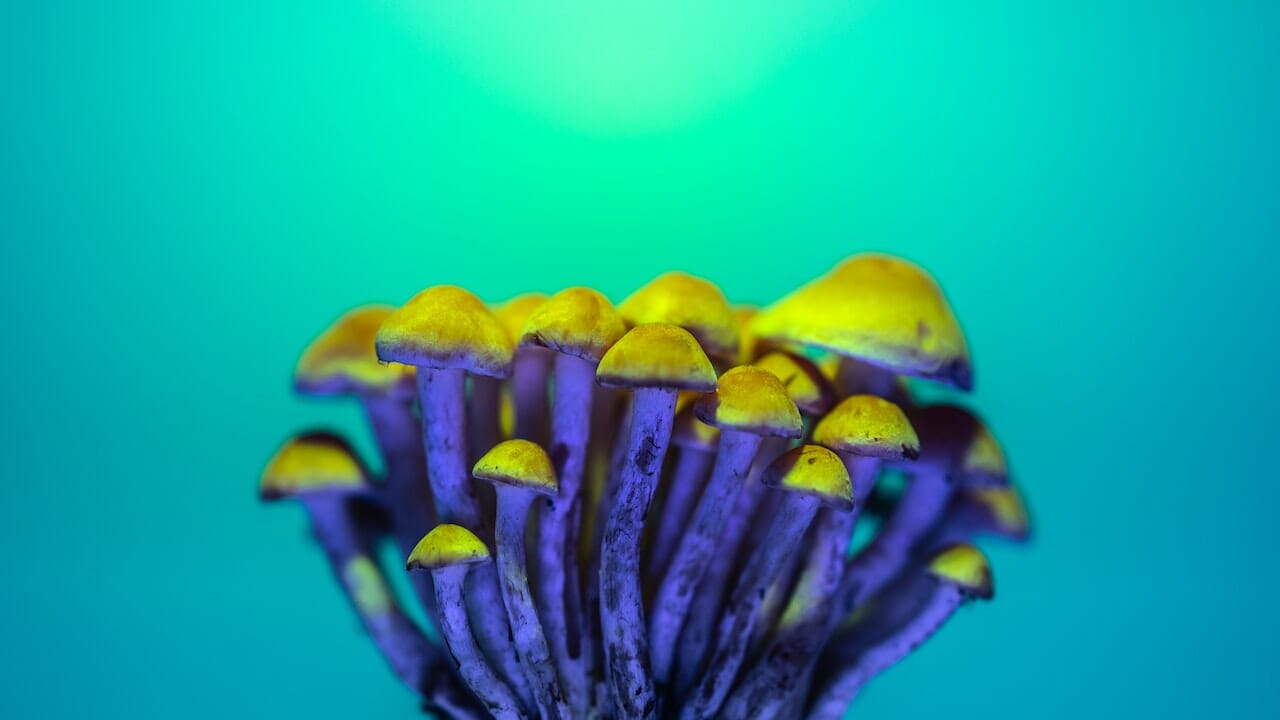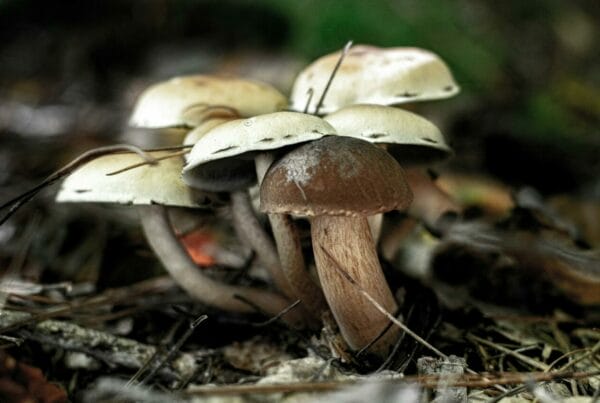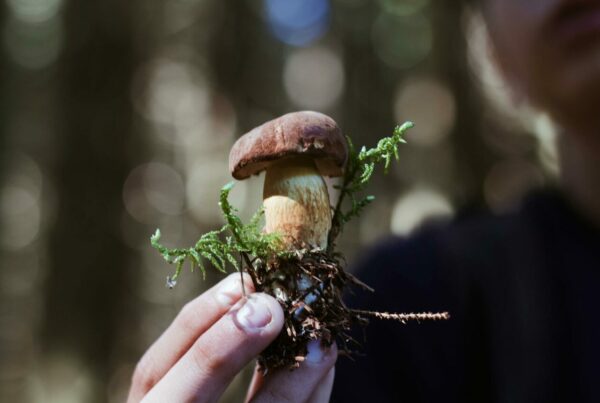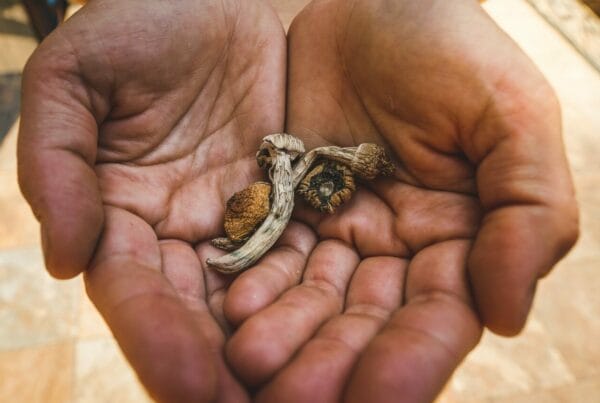Lysergic Acid Diethylamide (LSD) is a highly potent hallucinogenic substance that has been the focus of extensive research in the realm of psychedelics. Initially recognized for its recreational use, LSD has evolved into a psychoactive compound that may have potential benefits for mental health. This shift in perspective has paved the way for further research into the effects of LSD in more palatable forms, such as LSD edibles.
Key Takeaways:
- LSD, a potent hallucinogen, is derived from the ergot fungus.
- LSD bears similarities to psilocybin and interacts with 5-HT2A receptors.
- LSD is known to induce visual alterations, mood swings, ego dissolution, and pseudo-hallucinations.
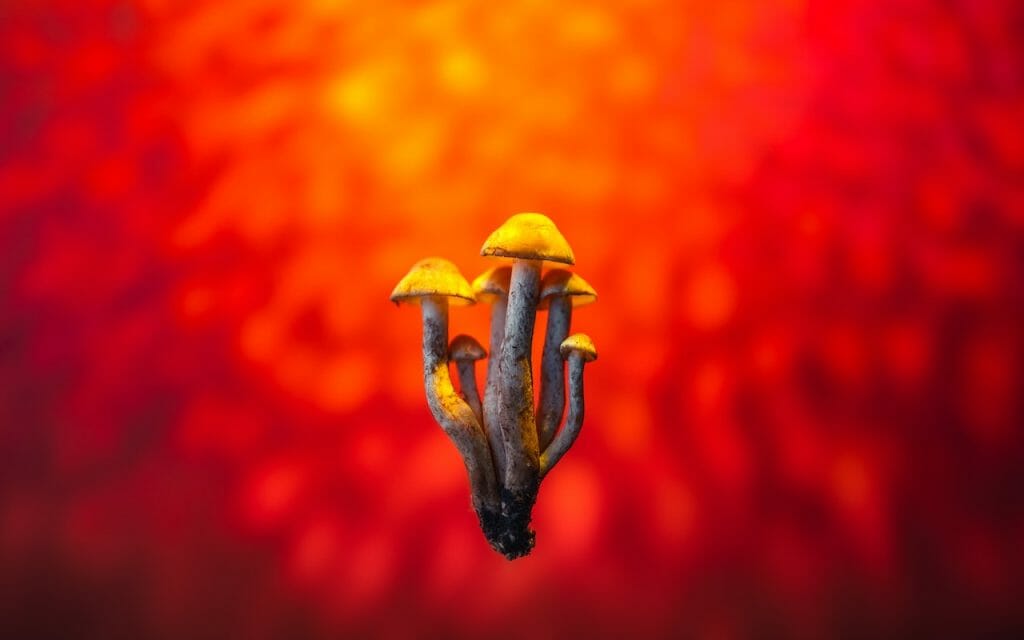
Demystifying LSD
LSD is an exceptionally potent hallucinogen that can dramatically alter an individual’s perception of reality and profoundly affect the senses. LSD is derived from “ergot,” a type of fungus found on rye and other grains.
From a molecular perspective, LSD is a complex chemical belonging to the ergoline family. It comprises a bicyclic hexahydroindole group and a bicyclic quinoline group (lysergic acid). The term ‘Lysergic Acid Diethylamide’ stems from the functional group attached to its core. The structure of LSD resembles other ergoline alkaloids, such as ergotamine, found in the ergot fungus Claviceps purpurea, and the neurotransmitter serotonin.
The Effects of LSD
Upon consumption, LSD enters the brain and sparks chemical reactions that can last for several hours. LSD may lead to the following short-term effects:
- Unpredictable mood fluctuations
- Perceptual distortions
- Dizziness
- Decreased appetite
- Impaired motor control
The Advantages What Are the Potential Benefits of Using LSD?
The potential benefits of LSD are diverse and largely reliant on the amount taken. Most studies center on the advantages associated with small doses of this psychoactive substance. In the following sections, we will discuss the positive impacts of LSD consumption.
Pain Relief and Neural Development
Research conducted by scientists at Maastricht University have discovered that a single microdose of LSD can induce effects that alleviate pain for a minimum of five hours, if not longer.
In a Cold Pressor Test, where participants are required to immerse their hands in 3°C (37.4°F) water for as long as possible, those who took 20 mg of LSD managed to keep their hands submerged 20% longer than those who didn’t. They also reported less pain and discomfort.
Additionally, LSD can contribute to the formation and development of the brain’s 86 billion neurons. Moderate doses of LSD, ranging from 5 to 20 ug, increase the levels of BDNF in blood plasma. This has significant implications as mood disorders like depression, frequently associated with neuroplasticity issues, might be eased due to LSD’s positive impact on neural health.
Mental Health Improvement
Dr. Robin Carhart-Harris from Imperial College London presented the entropic brain theory. According to this theory, mental health issues can often be attributed to rigid thought processes, perpetuated by an overly active default mode network (DMN). Psychoactive substances like LSD have the capacity to disrupt the DMN, enhance brain entropy, and aid in breaking down negative neural pathways while promoting the establishment of positive ones.
A study involving more than 1,000 participants who microdosed revealed a reduction in depression. Another extensive cross-sectional study showed a decrease in negative moods and destructive attitudes, along with an enhancement in open-mindedness and cognitive abilities.
Addiction Therapy
A meta-analysis of randomized-controlled clinical trials employing LSD in psychiatry determined that it is most efficacious in treating alcohol dependency. This conclusion is further bolstered by the successful results reported by numerous patients treated for alcoholism by Humphrey Osmond and at the Spring Grove Hospital Centre in the 1950s and 1960s.
Reducing Anxiety and Depression in End-of-Life Situations
Research conducted by Dr. Peter Gasser revealed that LSD-assisted psychotherapy could play a significant role in easing the anxiety of terminally ill cancer patients dealing with end-of-life concerns. Furthermore, it was observed that this form of therapy enhanced the subjective quality of life for these patients. At present, a Phase 2 trial is underway to evaluate the potential effects of LSD therapy on depression.
Diving Into LSD Edibles: An Overview of Their Composition and Manufacturing Process
LSD edibles encapsulate a variety of food and beverage products that incorporate the mind-altering substance, LSD. They can take on multiple forms such as chocolates, candies, baked treats, and even unconventional items like LSD mints.
The Ingredients
- LSD: This is the key component that triggers hallucinogenic effects. It is carefully measured and incorporated into the edible.
- Edible Base: The LSD is ordinarily dissolved or mixed into an edible medium like a gummy, candy, sugar cube, or other ingestible items. These mediums act as the delivery system for the hallucinogenic compound.
- Flavouring and Ingredients: Depending on the specific edible product, it may contain flavourings, sweeteners, and other ingredients to enhance its taste and texture. These can comprise natural or artificial flavours, colours, and sugars, and can vary widely.
The Manufacturing Process:
- LSD Synthesis: The process begins with the chemical production of LSD. This step requires a deep understanding of organic chemistry, along with the necessary chemicals, equipment, and a laboratory setting.
- Liquid Formulation: Post the synthesis of LSD, it is typically transformed into a liquid solution by dissolving it in a solvent. This liquid acts as a concentrated LSD solution.
- Infusion: The liquid LSD is then infused into an edible medium like gummy candies, sugar cubes, or blotter paper. The infused medium absorbs the liquid, enabling the oral consumption of LSD.
The Psychedelic Journey: Understanding the Effects of Psychoactive Compounds in LSD Edibles
LSD triggers pronounced visual effects. Colours appear more intense, objects may seem to be encased in halos or rainbows, and shapes can transform. Whether the eyes are open or closed, users may experience
Vivid, rapidly changing geometric patterns and other visual distortions are a common effect of LSD. Although these are known as “pseudo-hallucinations,” users understand that these visions are not reality, but rather a consequence of the drug’s impact.
LSD offers a pathway to modify one’s self-perception and their perception of their surroundings. It can induce a variety of psychological states. Thoughts may seem clear and profound, or conversely, may lack logical continuity. Other potential effects include alterations in the perception of time, distance, and bodily self-image. The boundary between self and the external world may appear blurred. Some users report experiencing sensory fusion, such as visualising music or hearing colours.
Suggested LSD Products
While the market offers numerous LSD edibles, it’s essential to buy from a trusted source. It’s important to verify that the edibles contain LSD and not other substances like PCP (embalming fluid), ecstasy, or ketamine.
Deadhead Chemist – LSD Infused Gummies
Deadhead Chemist offers LSD-infused edibles, each containing 100 micrograms (ug) of LSD, in an assortment of flavours. Each package contains one gummy, which has shown promise in aiding individuals with conditions such as obsessive-compulsive disorder (OCD), post-traumatic stress disorder (PTSD), alcohol addiction, depression, and cluster headaches.
Deadhead Chemist – Mint Tea
Deadhead Chemist’s raspberry mint tea provides a tastier and more enjoyable way to experience the effects of LSD. LSD and other psychedelics mimic the serotonin neurotransmitter, enhancing the brain’s flow state.
Earthly Delights – Candy Flips
Candy flipping became a trend during the rave scene of the late 1980s. Today, thrill-seekers and party enthusiasts continue to enjoy the remarkable amalgamation of these two powerful substances. Users often experience deep feelings of love and unity, complemented by captivating visual effects such as enhanced colours, transformed objects, and complex geometric patterns.
Concluding Remarks
LSD has traditionally been linked to transformative experiences. With the rise in our scientific comprehension of this substance, its demand has also increased, introducing the concept of LSD edibles as a new prospect for individuals. These delicious delights have become a novel way to safely and pleasurably experiment with LSD in controlled dosages.
Shroom Delivery Canada, as Canada’s leading supplier of high-grade shrooms online, provides an extensive collection of LSD-infused edibles and cannabis products. Feel free to explore our assortment at your own pace, add your favored items to your cart, and unwind at home as we handle the delivery. In addition, we offer a varied range of psilocybin shrooms, edibles, beverages, and capsules for your convenience. Make sure to check out our LSD delivery page for further information!
Frequently Asked Questions
What sets LSD apart from psilocybin?
FEATURES LSD PSILOCYBIN Origin Semi-synthetic chemical compound Naturally occurring in fungi Available Forms Tabs, microdots, liquid, gummies, blotter paper Dried mushrooms, capsules, teas, chocolates Potency Highly potent, dosed in micrograms (ug) Varying based on mushroom species and preparation Onset and Duration Rapid onset (15-60 minutes), short duration (3-5 hours) Slower onset (30-60 minutes), moderate duration (4-6 hours)
How to avoid unpleasant LSD experiences?
- Choose Your Surroundings Wisely
- Prepare Your Mindset
- Start with a Small Dose
- Have a Trip Supervisor Present
- Create a Peaceful Atmosphere
- Utilize Deep Breathing and Grounding Techniques
- Accept and Let Go
How long do the effects last?
The impact of the acid begins to show between 30-60 minutes after ingestion. Those who are more sensitive to psychedelics may start to experience the effects In just 15 minutes, you’ll be able to discern whether you’ve taken acid. The peak of your trip will occur roughly three hours into your experience. During this period, time may appear to decelerate, and hallucinations may occur.
Stay resilient, a sense of disconnection from reality is not unusual during this phase. The peak period persists for around 3 to 5 hours, succeeded by the offset stage that lasts for another 3 to 5 hours.
How does LSD interact with the human body?
LSD mainly engages with the brain’s serotonin system, attaching to and stimulating the 5-HT2A receptor. This interaction instigates a chain of neurochemical and physiological responses. The effects of LSD can vary extensively and are influenced by certain factors.
Does LSD exist in forms other than edibles?
Yes, LSD is available in various forms. The four primary kinds of LSD products encompass blotter paper, liquid solutions, tablets/microdots, and gelatin sheets.
Further Reading:
| FEATURES | LSD | PSILOCYBIN |
| Origin | Semi-synthetic chemical compound | Naturally occurring in fungi |
| Available Forms | Tabs, microdots, liquid, gummies, blotter paper | Dried mushrooms, capsules, teas, chocolates |
| Potency | Highly potent, dosed in micrograms (ug) | Varying based on mushroom species and preparation |
| Onset and Duration | Rapid onset (15-60 minutes), short duration (3-5 hours) | Slower onset (30-60 minutes), moderate duration (4-6 hours) |

